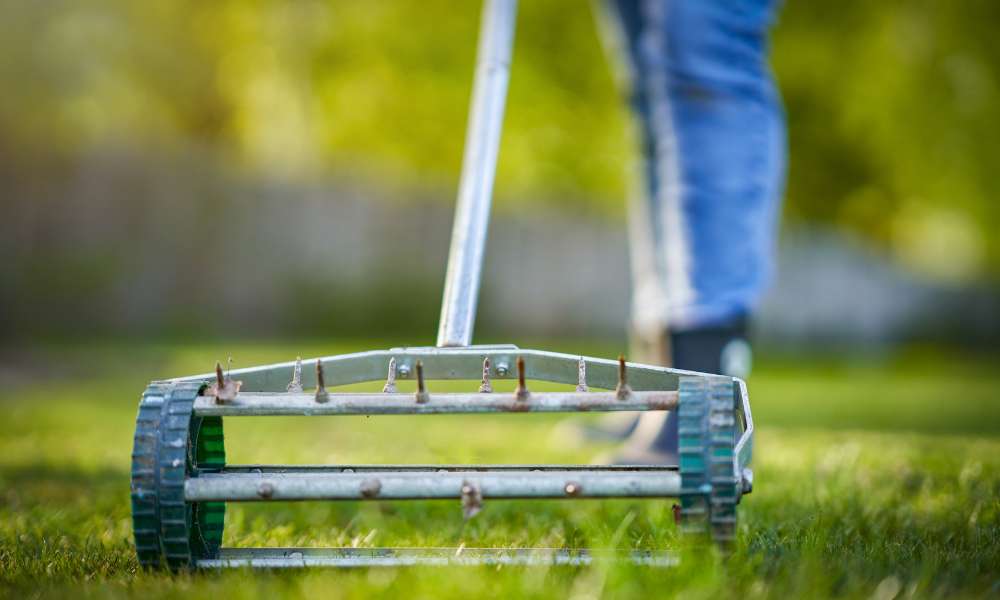Completing the essential task of lawn aeration, you might wonder what steps to take next to ensure your lawn reaps all the benefits. Lawn aeration, a crucial process for a healthy and vibrant garden, allows air, water, and nutrients to penetrate the grassroots, promoting a more robust and lush lawn. Understanding what to do after lawn aeration is vital to maximize these advantages and maintain your lawn’s beauty and health. In this article, we’ll guide you through the post-aeration steps that are important for nurturing your yard, explaining why each step is beneficial and how it contributes to the overall vitality of your green space.
How Soon Can I Mow My Lawn After Aeration?
After aerating your lawn, it is recommended to wait at least 1-2 weeks before mowing. This allows the soil to settle and recover from the aeration process, giving the grass roots time to establish and grow deeper. Mowing too soon after ventilation can disrupt this process and hinder the benefits of aeration.
How Often Should I Aerate My Lawn?
Aerating your lawn is an important maintenance task that helps improve soil compaction and promote healthy grass growth. The frequency at which you should aerate your lawn depends on various factors such as soil type, foot traffic, and climate conditions. In general, it is recommended to aerate your yard once a year for most yards. However, if you have heavy clay soil or high foot traffic in your yard, you may need to aerate more frequently, possibly twice a year.
Is It Necessary To Remove The Plugs Left Behind From Aeration?
Yes, it is necessary to remove the plugs left behind from aeration for several reasons. Firstly, leaving the plugs on the lawn can hinder the growth and health of the grass by preventing sunlight, water, and nutrients from reaching the roots. Additionally, these plugs can become compacted over time, leading to poor drainage and ventilation in the soil.
Rainwater Harvesting
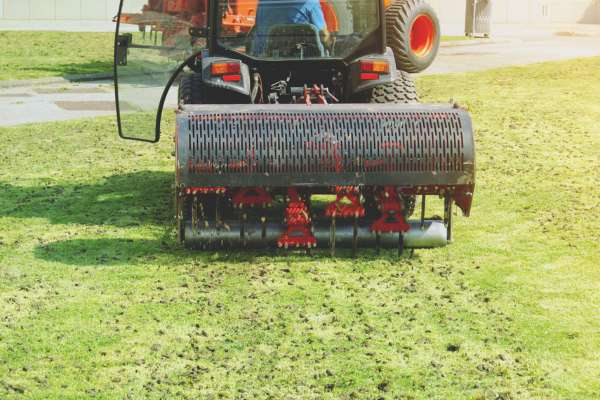
Post-lawn aeration is an opportune time to consider rainwater harvesting. This method can be remarkably beneficial for your yard, as it utilizes natural rainwater, which is free from the chemicals found in municipal water supplies. Rainwater harvesting involves collecting and storing rainwater from your roof or other surfaces to water your yard and garden. After ventilation, your yard’s ability to absorb water increases significantly. By directing collected rainwater to your aerated yard, you ensure that water penetrates deeply, reaching the roots where it’s most needed. This not only reduces your water bill but also minimizes your environmental footprint by conserving water.
Removing Soil Plugs
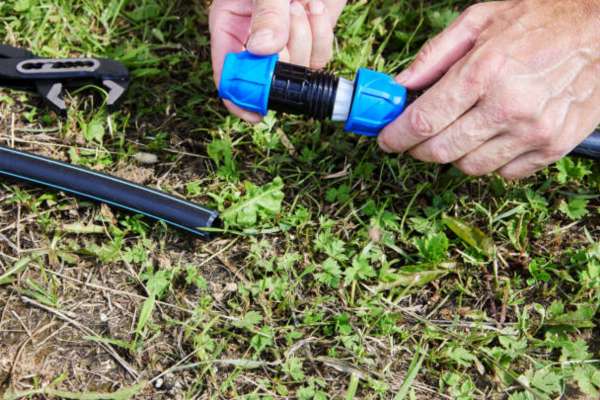
Removing soil plugs is another essential step post-aeration. These plugs, if left on the surface, can smother your grass and inhibit the very benefits aeration is meant to provide. By clearing them away, you ensure that air, water, and nutrients can reach the soil more effectively, promoting a stronger, more resilient lawn. Moreover, the removal of these plugs can aid in decomposing thatch, as they break down and recycle nutrients back into the soil.
Appropriate Watering Techniques
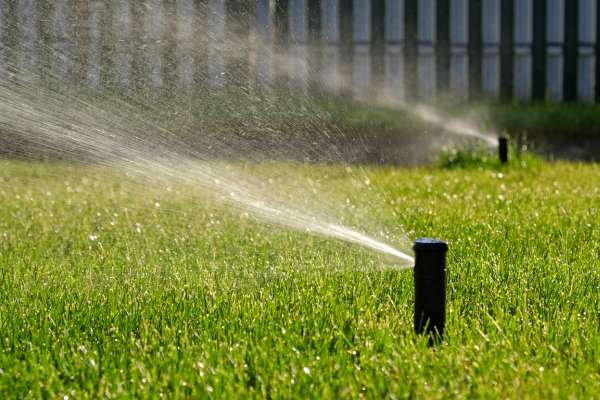
Appropriate watering techniques post-aeration cannot be overstressed. The small holes created during aeration provide a direct channel for water to reach the roots, where it’s most needed. However, the key is to water deeply yet infrequently, which encourages roots to grow deeper, seeking moisture and thereby enhancing the overall health and drought resistance of your lawn. Especially when incorporating rainwater harvesting, ensuring that your yard receives a deep soak rather than a superficial sprinkle is crucial for maximizing the ventilation benefits.
Choosing the Right Grass Seed
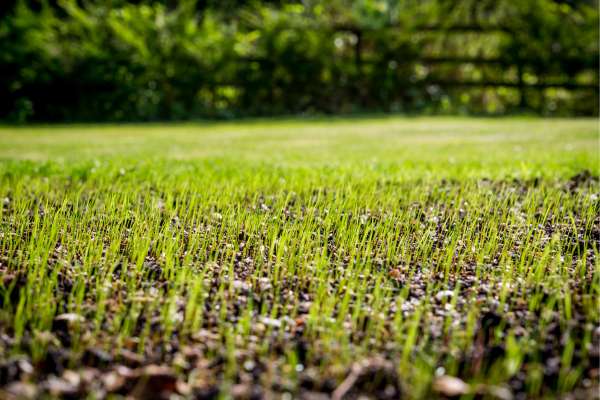
Choosing the right grass seed plays a pivotal role in ensuring your lawn recovers beautifully and becomes more resilient. The type of grass seed you select should align with your region’s climate, the amount of sunlight your yard receives, and your soil type. Cool-season grasses, like fescue or bluegrass, thrive in northern climates, while warm-season grasses, such as Bermuda or Zoysia, are perfect for southern lawns. Opting for a seed mix that matches your lawn’s conditions can significantly enhance germination rates and lead to a denser, more vibrant yard. Remember, the goal after aeration is not just to fill in the holes but to create an environment where new grass can flourish alongside the existing turf.
Monitoring Soil Moisture Levels
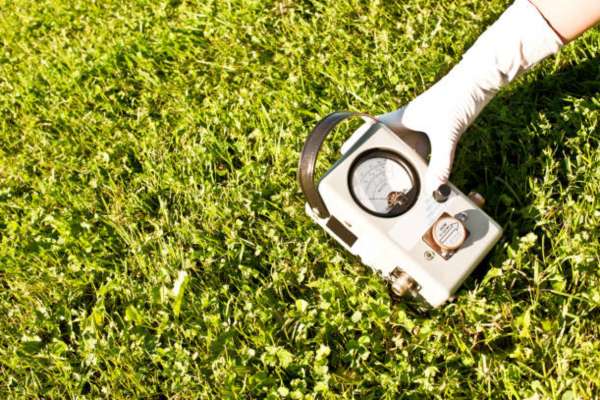
Keeping an eye on soil moisture levels is another key step after lawn aeration. The process of aeration increases the soil’s ability to absorb water, but it also means the soil can dry out more quickly. It’s essential to strike a balance; the soil should be kept moist but not waterlogged to encourage deep root growth. Use a screwdriver or soil probe to check the moisture; if it goes in easily, the soil is likely moist enough. However, if the tool meets resistance, it’s time to water. Early morning is the best time for watering, as it reduces evaporation and ensures that water reaches the roots. This practice not only helps with seed germination but also promotes a strong, deep root system that is essential for a healthy, drought-resistant yard.
Spotting Signs Of Pests Or Disease
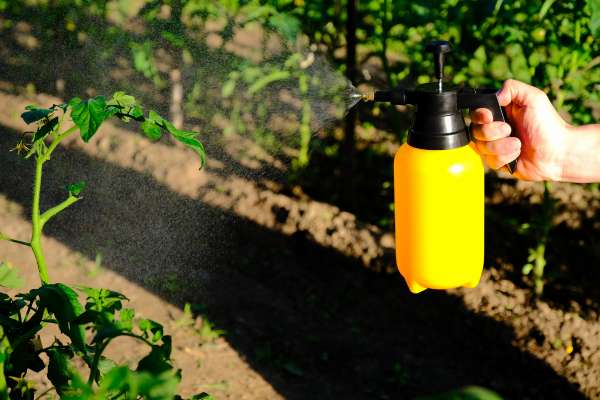
After having your lawn aerated, it’s essential to keep an eye out for any signs of pests or diseases that could potentially harm the health and appearance of your grass. One common sign to look out for is visible damage to the grass blades, such as discoloration or wilting. Pests like grubs or chinch bugs can cause significant harm to your yard post-aeration if left unchecked.
Amending Soil Based On Test Results
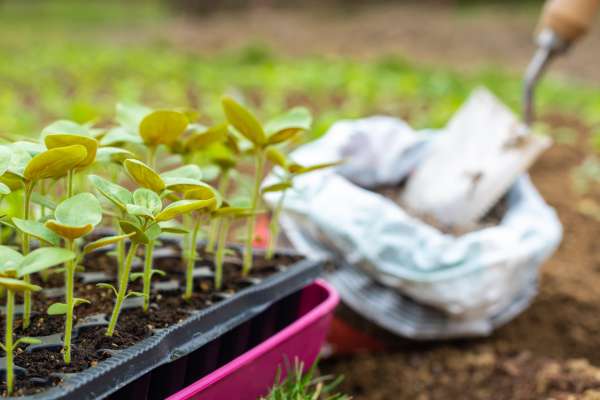
A key step in amending soil based on test results is to follow recommendations provided by the testing lab or a trusted professional. This ensures that the correct type and amount of amendments are applied for effective results. It’s important to note that over-amending can have negative effects on plant growth and soil structure, so following expert advice is essential. By understanding our soil’s specific needs and making targeted amendments, we can create a healthy environment for our plants to thrive and flourish after yard aeration.
Addressing Uneven Growth Or Discoloration
An effective way to get rid of moss in your lawn naturally is by using organic treatments such as ferrous sulfate or potassium bicarbonate. These natural remedies help control moss growth without harming the surrounding vegetation. It’s important to apply these treatments according to instructions and regularly monitor your land to prevent further spread of moss. By taking a proactive approach and implementing these natural solutions, you can revive your lawn’s appearance and promote even growth while maintaining a lush green landscape that is free from discoloration.
Professional Services For Ongoing Care
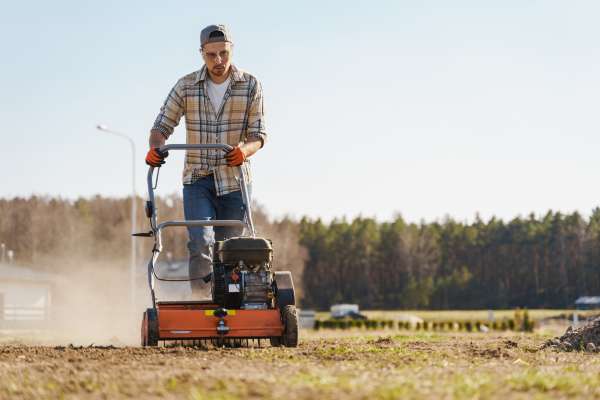
Professional services for ongoing care extend beyond basic maintenance and involve specialized treatments that cater to the specific needs of your lawn post-aeration. The key to maximizing the benefits of ventilation lies in following up with proper fertilization, overseeding, and regular watering routines. Consulting with a professional yard care service can provide tailored solutions based on your lawn’s unique conditions, ensuring long-term health and resilience.
Adapting to Varying Weather Conditions
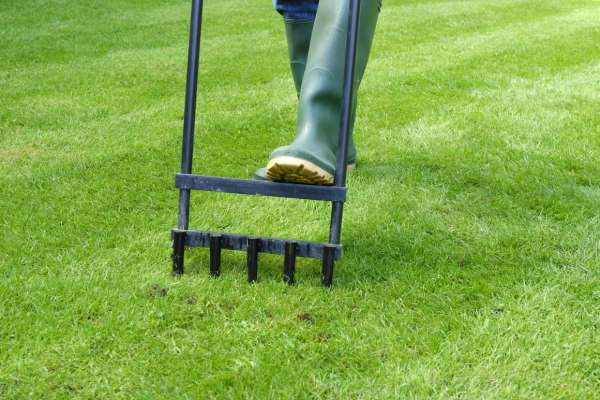
Adapting to the varying weather conditions is crucial for nurturing your aerated lawn back to its lush, green state. Whether you’re dealing with the scorching sun or unexpected rainfall, understanding how to adjust your lawn care routine can make a world of difference. For instance, in hotter climates, your aerated yard may require more frequent watering to prevent the soil from drying out and to facilitate the absorption of vital nutrients. Conversely, in cooler, wetter conditions, reducing the amount of water can prevent waterlogging, which might otherwise suffocate the roots and hinder their growth. Monitoring the weather and adjusting your yard care accordingly ensures that your aeration efforts aren’t in vain, leading to a healthier and more resilient yard.
Planning for Aeration Expenses
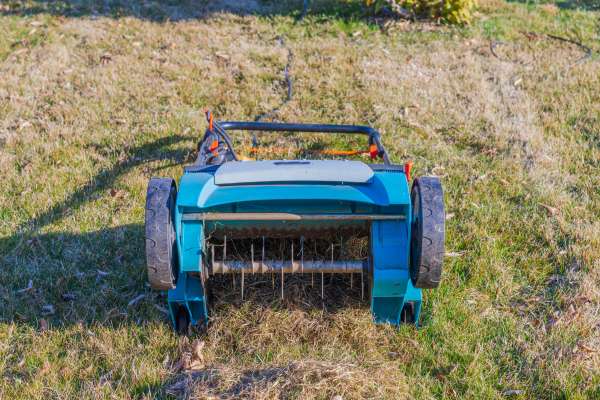
Planning for the associated expenses ensures that you can maintain your lawn’s health without breaking the bank. Depending on whether you opt for professional services or decide to do it yourself, costs can vary. Renting equipment, buying seeds for overseeding, and purchasing the right fertilizers are all part of the post-aeration expenses. Budgeting for these will allow you to approach yard aeration as a well-planned project rather than a sudden expense. By anticipating these costs, you can also explore various options, such as comparing service providers or choosing the best time of year for deals on aeration services, ultimately making the process more economical and efficient.
The Final Thought
The key to reaping the full benefits of lawn aeration lies in the care you provide afterward. Understanding the needs of your aerated lawn, from adapting care techniques to weather changes to planning for the associated expenses, sets the foundation for robust lawn health. Remember, aeration is not just about allowing your lawn to breathe; it’s about maximizing its potential for growth, resilience, and beauty. By following these post-aeration steps diligently, you’re not just maintaining your yard; you’re enhancing it. Let the aeration be the beginning of a new chapter for your yard, one where it reaches its fullest, most vibrant potential.
